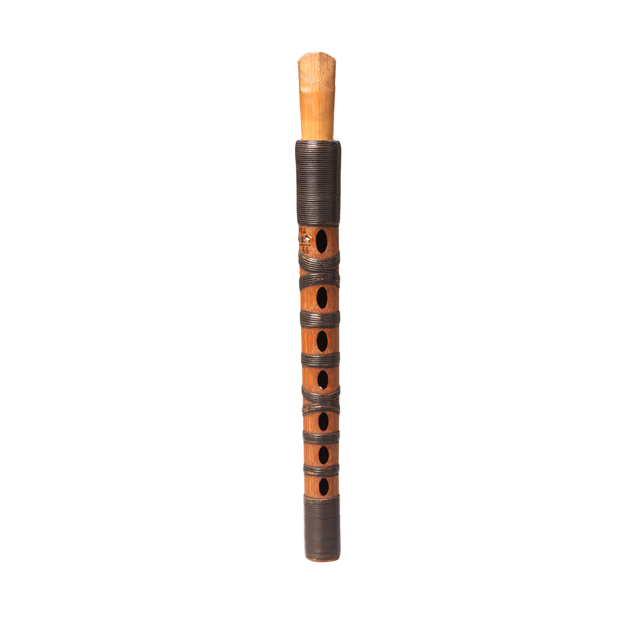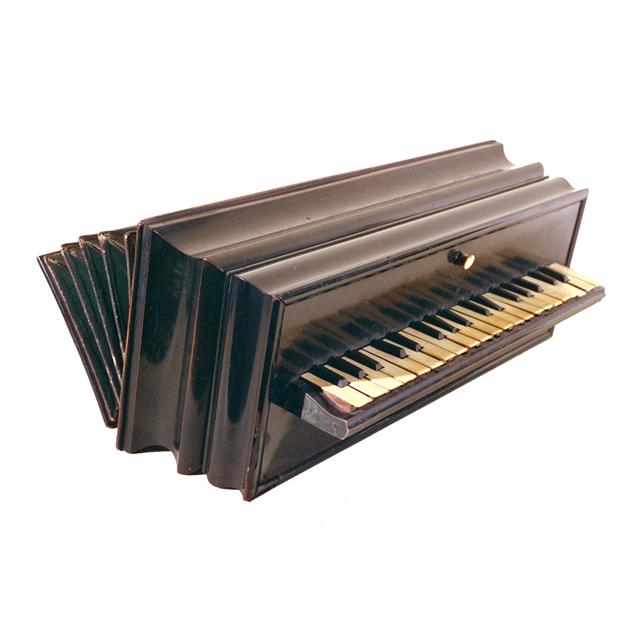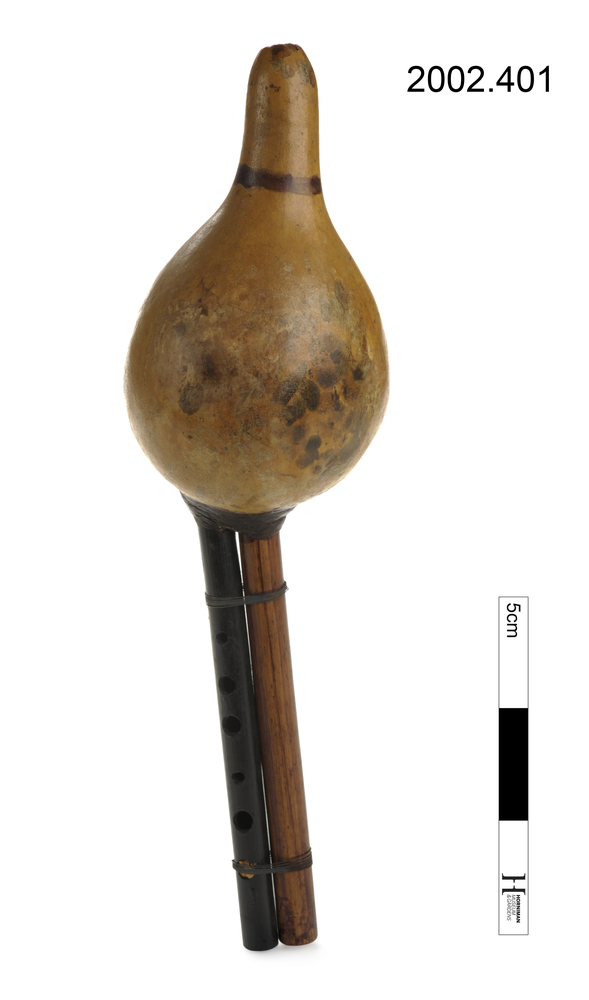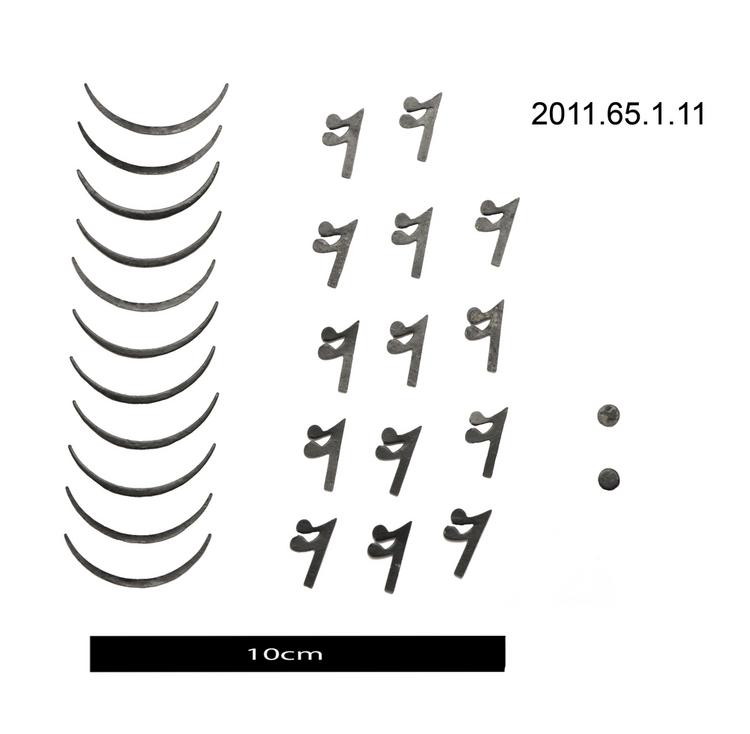
Hichiriki, oboe. Holes are eliptical with almost pointed ends. Holes approx 9x5 mm. spaces between Threads are slightly scalloped to form indentations at the holes. Reed is formed from a tube of reed stem, flattened at the top to meet as a double reed. Secured into body with a paper sleeve. Bore is apparently slightly conical, narrowing towards the distal end. Thumbholes between first and second and fourth and fifth finger holes.
The hichiriki is one of the instruments of gagaku, the traditional court music of Japan. Woodwind instruments play a central role in the gagaku orchestra, providing the defining sound quality and carrying the principle melodic lines. The sound of the hichiriki has therefore been strongly associated with Japanese courtly life for many centuries, but it has not always been universally appreciated. The court lady Sei Shōnagon writing in her famous Pillow Book in the first decade of the 11th century complains: 'The horrible sound of the hichiriki is like the noisy crickets of autumn. I can't stand to be in the same room with that sound. One festival day, when I was in the waiting room attending upon her Majesty, I was entertained by the lovely sound of someone playing the flute. Then suddenly another person joined in on the hichiriki. It made my hair stand on end!'







